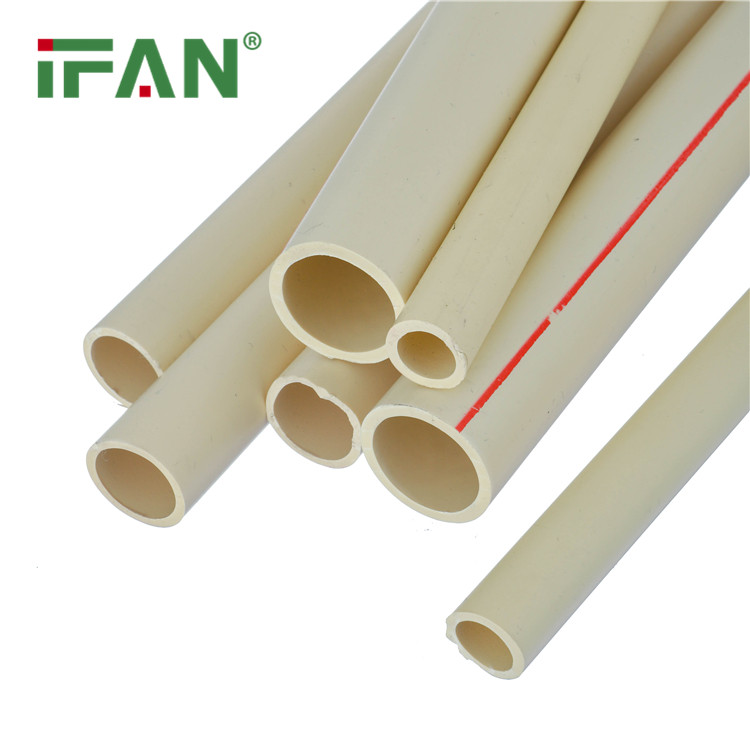PVC pipes are made of polyvinyl chloride, a plastic that is made by combining chlorine and ethylene. The finished product is a white or light-colored plastic that is rigid and durable. PVC pipes are used for a variety of purposes, including water and wastewater conveyance, electrical wiring, and plumbing.
IFAN Facebook Website:www.facebook.com,IFAN factory has 30+ years manufacture experience supporting color /size customization support Free Samples.
CPVC Tube Advantages
CPVC tubes are a popular choice for piping applications in various industries due to their unique properties and advantages. It is a thermoplastic material that is resistant to heat, chemicals, and corrosion, making it an ideal material for a range of applications.

One of the key advantages of CPVC tubes is their ability to withstand high temperatures and pressure. Additionally, CPVC tubes are resistant to corrosion, which makes them ideal for use in harsh environments, such as chemical plants.
Another advantage of CPVC tubes is their strength and durability. These tubes are highly resistant to impact and abrasion, which makes them ideal for use in areas where there is a risk of damage or wear. Additionally, CPVC tubes require very little maintenance, which makes them a cost-effective solution for many applications.
CPVC tubes are also lightweight and easy to install, which makes them a popular choice for plumbing and HVAC systems. The ease of installation also contributes to the cost-effectiveness of CPVC tubes, as installation is quick and simple, reducing labor costs.
One potential disadvantage of CPVC tubes is that they are not suitable for use with some chemicals, such as certain solvents and hydrocarbons.
Overall, CPVC tubes are an excellent choice for a wide range of piping applications, thanks to their strength, durability, and resistance to heat, corrosion, and chemicals. Their ease of installation and low maintenance requirements make them a cost-effective solution for many industries.

